Note
If you are also curious about the previous winner of the contest, see The World Embedded Software Contest 2022.
If you are also curious about the previous winner of the contest, see The World Embedded Software Contest 2022.
January 24, 2024
The winner in the webOS sector of the 21st World Embedded Software Contest was team Web Oh Yes who developed the Housespital (House + Hospital) service. The Housepital service is a personalized medical service that can upgrade each individual’s personal health management.
With a growing number of single-person households in all age groups, the need for lifestyle-customized healthcare services is also increasing. Older people need those services as their nutrition intake and activities decrease, and young people need them because they are too busy working to care for their health. To adress this problem, the team designed a telemedicine service, a.k.a. Housepital service, for the medically vulnerable. In order to overcome the time and physical limitations to visit a hospital, they developed a real-time remote medical treatment system using webRTC and further advanced it to an all-in-one healthcare service where all related players - patients, doctors, pharmacists, and emergency rescue situation rooms - are brought together. This Housepital service aims at building a 24-7 remote medical checkup system for the medically vulnerable by sharing neceessary data, such as medication and healthcare records, with hostipals and ultimately providing a customized comprehensive healthcare service.
Let’s see a demo video of the project (Korean only).
The following description shows the overall system architecture.
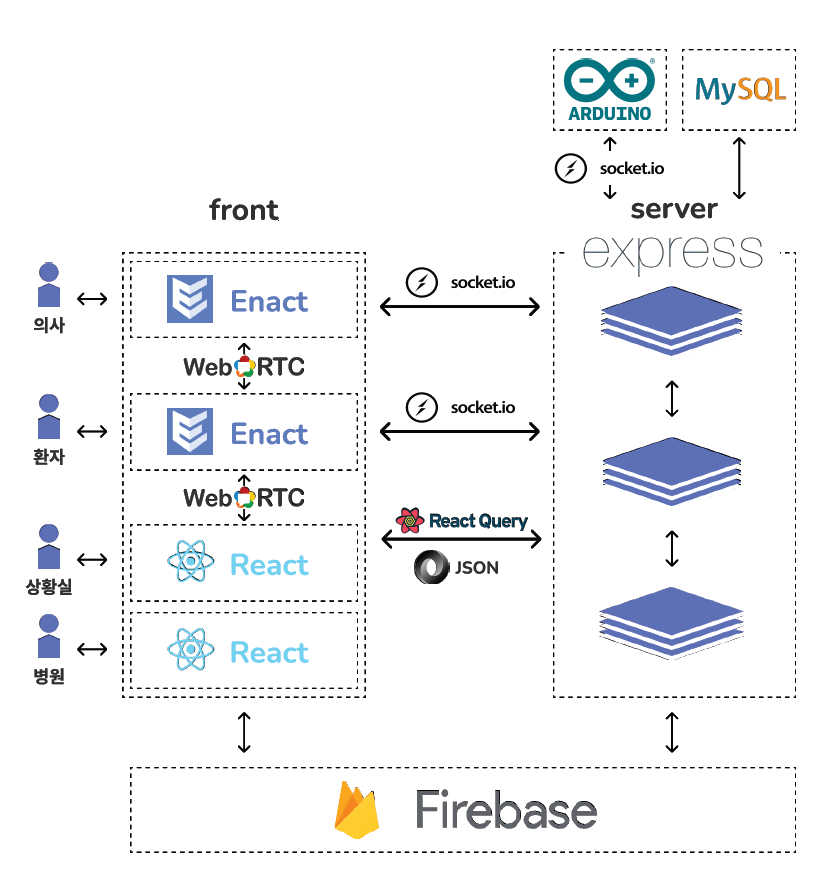
| Component | Description |
|---|---|
| Housepital Application |
|
| Healthcare Server |
|
| Healthcare Sensor: IoT Devices |
|
The key features of the project are as follows:
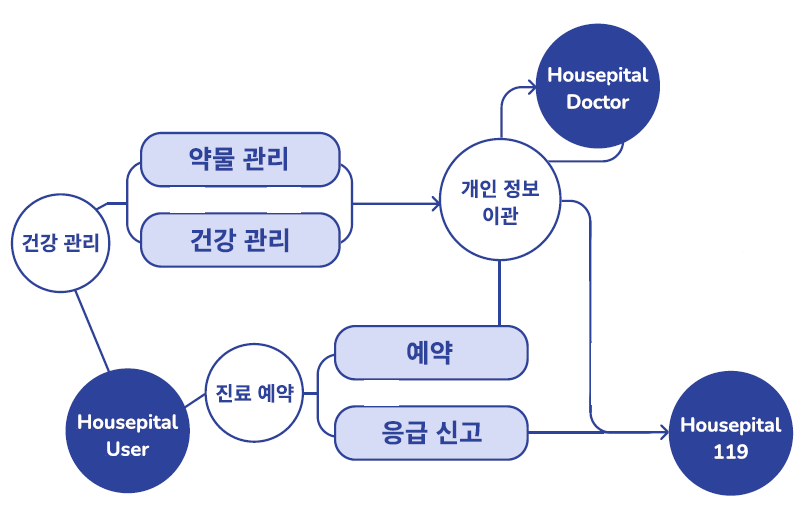
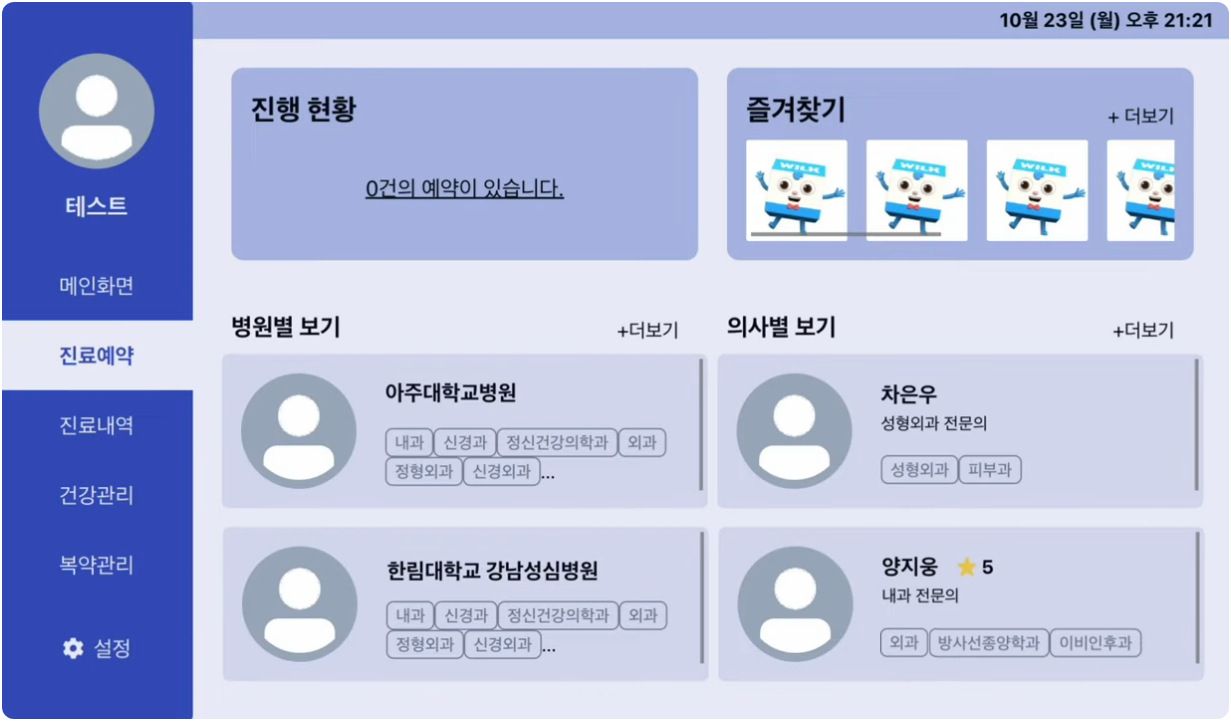
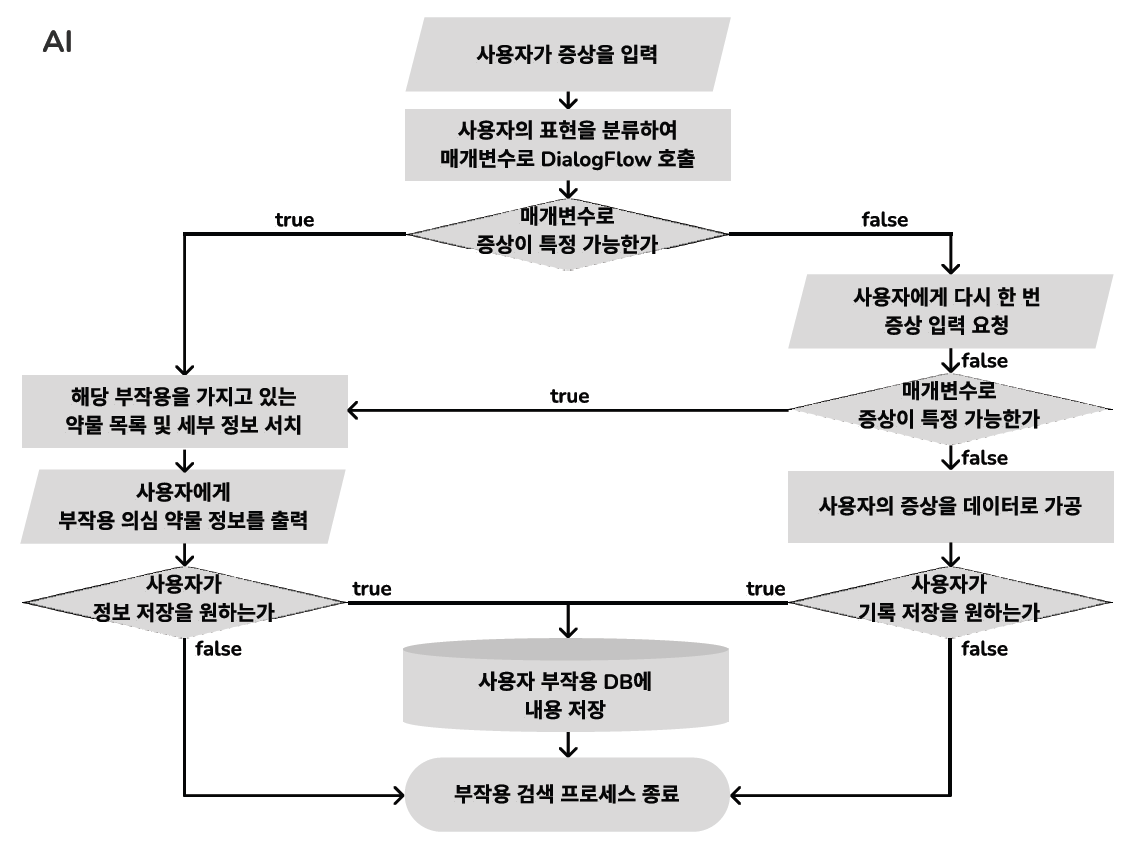
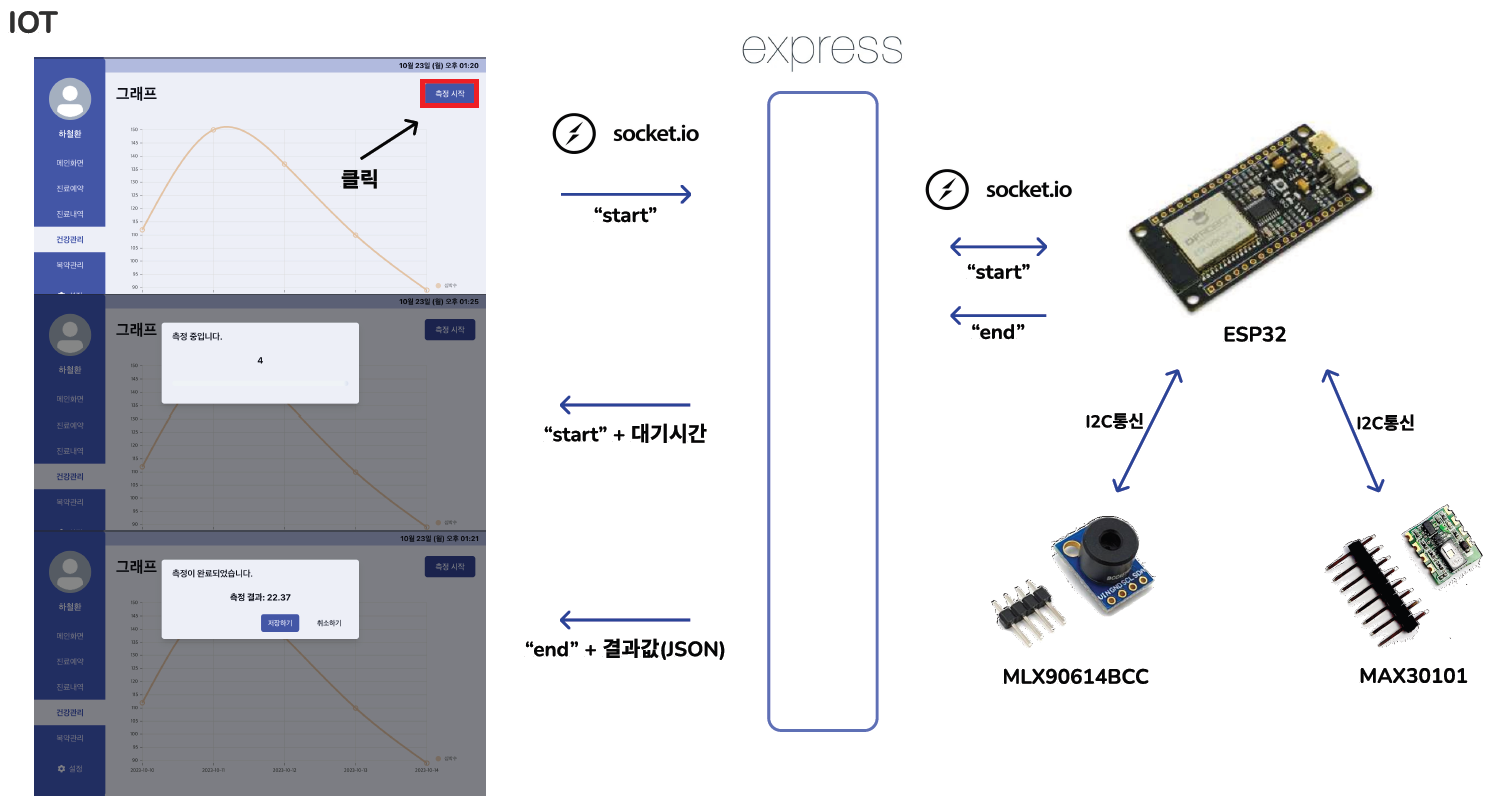
The Housepital service was a good and opportune use case of webOS that builds an efficient medical examination and treatment system for both face-to-face and remote cases in an era where the number of single-person households is increasing.
Let’s listen to what the Web Oh Yes team members want to talk about the experience in the competition and the award.
When we first experienced webOS to compete in the webOS sector, we became fascinated by its expressive power, and while developing web apps and services using LS2API on the platform, we also found out that its development environment is very efficient.
Sometimes we ran into problems in setting and configuring the development environment in the process, but thanks to the kind and active support from the mentor in LG Electronics, we were able to fix them. We would like to take this opportunity to express our gratitude to the mentor. Although the competition is over, we are planning to organize a circle or study group to continue studying webOS and searching for ways to make use of it.
Contents